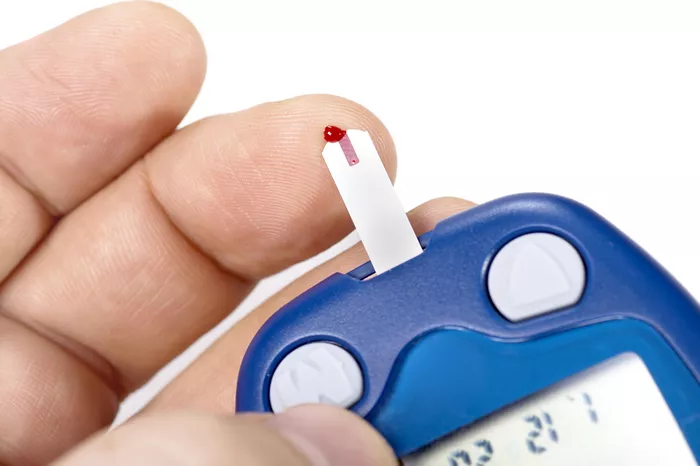In the management of diabetes mellitus, insulin pumps have revolutionized the delivery of insulin therapy, offering individuals greater flexibility, precision, and convenience in controlling their blood sugar levels. These devices deliver insulin continuously throughout the day, mimicking the physiological secretion of insulin by the pancreas more closely than traditional insulin injections. With advancements in technology, insulin pumps have evolved to offer a wide range of features and functionalities to meet the diverse needs of individuals with diabetes. In this comprehensive article, we will explore the different types of insulin pumps available, their features, advantages, and considerations for selection.
Understanding Insulin Pumps
Insulin pumps are small, battery-operated devices that deliver insulin continuously through a catheter inserted into the subcutaneous tissue. They consist of a reservoir containing insulin, a pumping mechanism to deliver insulin in predetermined doses, and a cannula or infusion set to deliver insulin subcutaneously. Insulin pumps offer several advantages over traditional insulin injections, including:
- Continuous Insulin Delivery: Insulin pumps deliver insulin continuously throughout the day, providing a steady basal rate of insulin to mimic the physiological secretion of insulin by the pancreas.
- Bolus Dosing: Insulin pumps allow for precise dosing of insulin at meal times or to correct high blood sugar levels, eliminating the need for multiple daily injections.
- Flexibility: Insulin pumps offer greater flexibility in meal timing, physical activity, and lifestyle choices, allowing individuals to customize their insulin delivery to meet their individual needs.
- Improved Glycemic Control: Studies have shown that insulin pump therapy can lead to improved glycemic control, reduced risk of hypoglycemia, and better quality of life compared to traditional insulin injections.
Types of Insulin Pumps
- Traditional Insulin Pumps: Traditional insulin pumps consist of a pump unit, a reservoir containing insulin, and a tubing system connected to an infusion set inserted into the subcutaneous tissue. These pumps deliver rapid-acting insulin continuously throughout the day to provide basal insulin coverage, as well as bolus doses of insulin at meal times or to correct high blood sugar levels. Traditional insulin pumps are typically worn externally and require regular site changes every few days to prevent infection and ensure proper insulin delivery.
- Patch Pumps: Patch pumps, also known as tubeless pumps, are compact, adhesive devices that adhere directly to the skin without the need for tubing. These pumps consist of a pump unit and a reservoir containing insulin, which is delivered through a cannula inserted into the subcutaneous tissue. Patch pumps offer greater discretion and convenience compared to traditional pumps, as they can be worn discreetly under clothing and do not require tubing management. They are particularly popular among children, adolescents, and individuals with active lifestyles.
- Hybrid Closed-Loop Systems: Hybrid closed-loop systems, also known as automated insulin delivery systems, combine the features of insulin pumps with continuous glucose monitoring (CGM) technology and algorithms to automatically adjust insulin delivery based on real-time glucose readings. These systems consist of a pump unit, a CGM sensor, and a control algorithm that calculates and adjusts insulin delivery to maintain target blood sugar levels. Hybrid closed-loop systems offer the potential for improved glycemic control, reduced hypoglycemia, and increased convenience compared to traditional insulin pump therapy.
- Fully Closed-Loop Systems: Fully closed-loop systems, also known as artificial pancreas systems, represent the latest advancement in insulin pump technology. These systems integrate insulin delivery with continuous glucose monitoring and automated control algorithms to provide fully automated insulin dosing without the need for user intervention. Fully closed-loop systems adjust insulin delivery in real time based on CGM readings, meal intake, physical activity, and other factors to maintain target blood sugar levels. These systems offer the potential for optimal glycemic control with minimal user input, making them particularly beneficial for individuals with fluctuating insulin needs or impaired cognitive function.
Considerations for Selection
When selecting an insulin pump, several factors should be considered to ensure that the device meets the individual needs and preferences of the user:
- Features and Functionality: Evaluate the features and functionality of the insulin pump, including basal rate options, bolus dosing capabilities, infusion set options, and integration with CGM technology.
- Ease of Use: Consider the ease of use of the insulin pump, including user interface, programming options, and alarms/alerts for low and high blood sugar levels.
- Size and Design: Assess the size, design, and wearability of the insulin pump, including tubing length, patch size, and discretion for wearing under clothing.
- Compatibility with Accessories: Determine compatibility with accessories such as infusion sets, reservoirs, and CGM sensors, as well as integration with smartphone apps and other digital health platforms.
- Cost and Insurance Coverage: Consider the cost of the insulin pump, including upfront costs, ongoing supplies, and potential insurance coverage or reimbursement options.
Conclusion
Insulin pumps offer individuals with diabetes greater flexibility, precision, and convenience in managing their blood sugar levels compared to traditional insulin injections. With a variety of types and features available, selecting the right insulin pump requires careful consideration of individual needs, preferences, and lifestyle factors. Whether opting for a traditional pump, a patch pump, or an advanced closed-loop system, insulin pump therapy offers the potential for improved glycemic control, reduced risk of hypoglycemia, and enhanced quality of life for individuals with diabetes. Through ongoing advancements in technology and innovation, insulin pumps continue to evolve to meet the evolving needs of individuals with diabetes and improve their overall health and well-being.

























